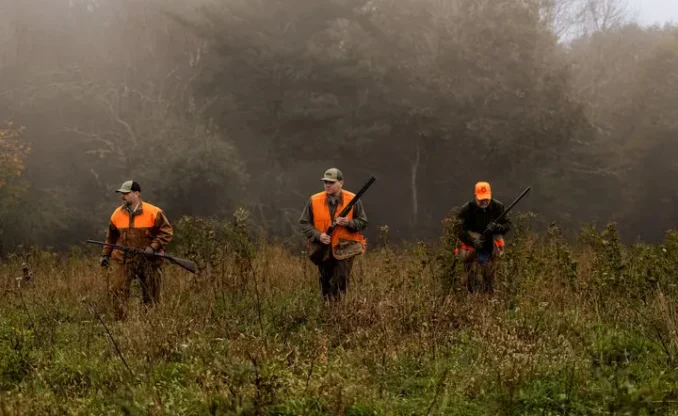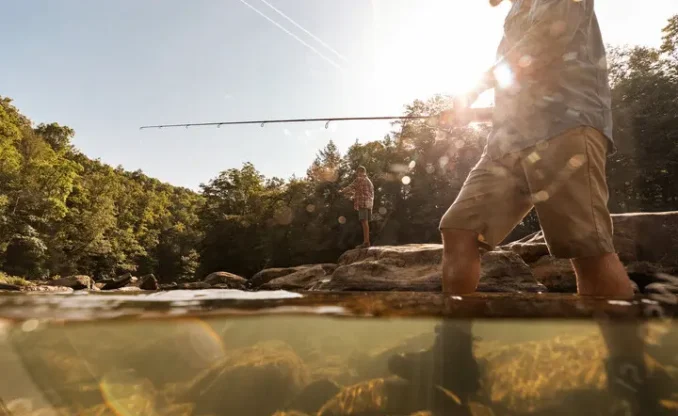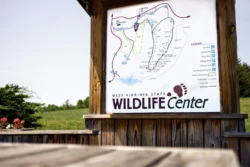Q. If I want to waterfowl hunt on my own property, am I required to buy a federal migratory waterfowl stamp?
Yes. All hunters 16 years of age or older, whether they are hunting on their own land or on lands of another party, are required to purchase a federal migratory waterfowl stamp. However, if you are hunting on your own property (landowner privilege and no license required) a harvest information program (HIP) card is not needed. Only licensed hunters need to obtain a harvest information program (HIP) card.
Q. Are senior citizens or underage hunters required to purchase a federal migratory waterfowl stamp?
All hunters 16 years of age or older are required to purchase a federal migratory waterfowl stamp and all licensed hunters (those not exempt from purchasing a hunting license) must obtain a harvest information program (HIP) card. Youths 15 and under and senior citizens who turned 65 prior to 2012 do not need a HIP card.



